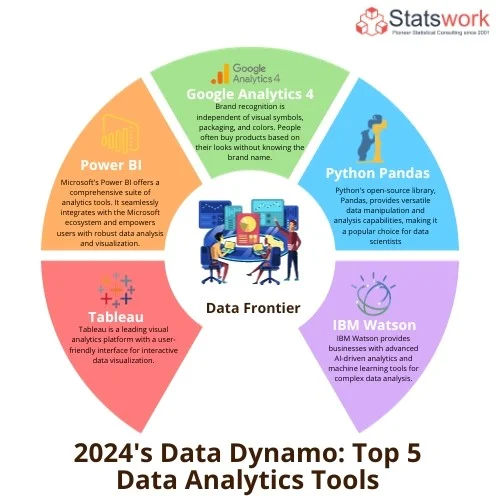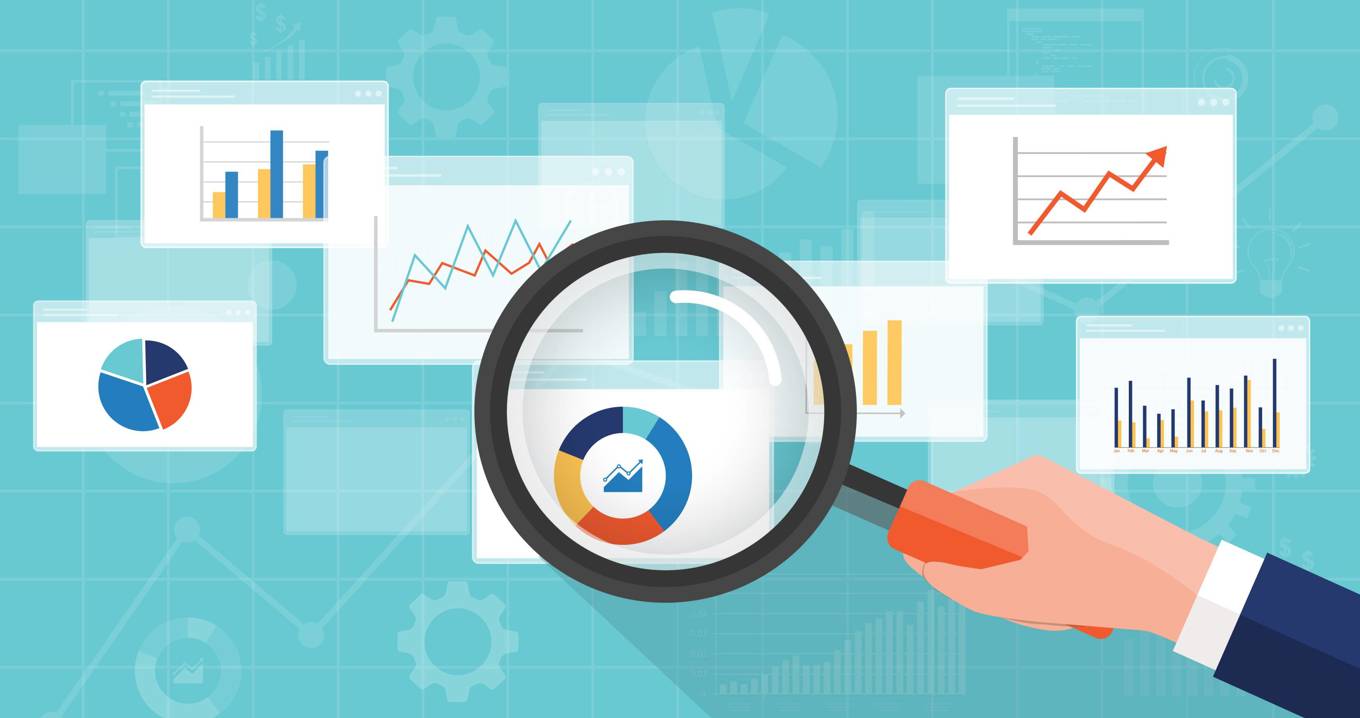Leverage Predictive Analytics for Future-Ready Decisions
Boost Performance and Success Through Data Analytics
In today's data-driven landscape, organizations are increasingly identifying the critical function of information analytics in enhancing functional efficiency and productivity. By systematically examining data, organizations can reveal crucial understandings that inform calculated choices, improve procedures, and dressmaker customer experiences.
Comprehending Information Analytics
In today's data-driven landscape, understanding data analytics is necessary for organizations aiming to improve functional efficiency and drive success. Information analytics involves the organized computational analysis of data sets to reveal patterns, relationships, and insights that inform decision-making. By employing different strategies, such as analytical evaluation, machine knowing, and anticipating modeling, companies can change raw information right into workable knowledge.
The procedure generally begins with data collection, where appropriate info is collected from several sources, consisting of transactional databases, consumer interactions, and market trends. This data is then cleaned up and organized to guarantee accuracy and consistency. Once the data is prepared, logical devices and software are utilized to visualize the info and discover, making it possible for stakeholders to recognize anomalies and trends.
Ultimately, understanding data analytics encourages companies to make educated decisions based upon empirical proof rather than intuition. It promotes targeted approaches that can enhance resource allocation, improve consumer satisfaction, and boost general performance. As organizations progressively identify the worth of data-driven understandings, a solid grasp of information analytics comes to be a critical proficiency for leaders and teams alike, placing them for sustained success in a competitive atmosphere.

Secret Advantages for Services
Businesses that utilize data analytics can open a wide range of benefits that dramatically enhance their operations and profitability. One of the key benefits is enhanced decision-making. Information analytics offers actionable understandings stemmed from real-time information, permitting companies to make informed options that line up with market needs and consumer preferences.

Additionally, data analytics fosters enhanced customer experiences. By understanding customer behaviors and preferences, businesses can customize their offerings, bring about raised satisfaction and loyalty. This personalized method typically leads to higher conversion prices and repeat organization.
In addition, information analytics allows services to determine emerging trends and opportunities. By staying ahead of the curve, companies can exploit on new markets and developments before their rivals.
Applying Data-Driven Methods
Successful implementation of data-driven approaches needs an extensive understanding of both organizational objectives and offered information sources. Organizations needs to first specify their goals plainly, making sure positioning between information initiatives and critical objectives. This quality makes it possible for teams to concentrate on appropriate metrics and understandings that drive decision-making.
Next, organizations must evaluate their this contact form existing information infrastructure. This entails assessing information quality, availability, and assimilation abilities. High-quality information is important for exact analysis, as bad information can result in illinformed techniques and thrown away resources. Organizations needs to establish processes for information collection, cleansing, and management to keep information integrity.
Additionally, promoting a data-driven society is essential. Workers in all degrees should be encouraged to utilize data in their daily operations. Training programs and workshops can improve information proficiency, encouraging staff to make informed decisions based on analytical insights.
Devices and Technologies Summary
A durable suite of devices and modern technologies is essential for organizations aiming to harness the full potential of information analytics. These devices promote the collection, handling, and visualization of information, allowing services to obtain actionable insights.
At the foundational degree, information monitoring systems such as SQL databases and NoSQL systems provide reliable data storage space and retrieval capabilities. For data handling and analysis, programs languages like Python and R, along with frameworks such as Apache Glow, make it possible for intricate computations and equipment discovering applications.
Visualization discover here tools, including Tableau and Power BI, change raw data into intuitive visual layouts, making insights accessible to stakeholders at all levels. Furthermore, cloud-based platforms like Google Cloud and AWS offer scalable storage and processing remedies, suiting the growing quantities of information companies experience.
For sophisticated analytics, predictive modeling and AI-driven remedies are progressively embraced, permitting business to forecast patterns and boost decision-making procedures. Integrating these devices right into existing process is vital; companies that efficiently leverage this innovation can considerably improve functional efficiency and drive profitability. Hence, spending in the right tools and technologies is a tactical vital for any data-driven company.
Study of Success
Leveraging information analytics has actually led various companies to accomplish amazing enhancements in effectiveness and productivity. One remarkable situation is a huge retail chain that implemented predictive analytics to maximize supply administration. By evaluating historical sales information and consumer patterns, the company minimized excess stock by 30%, causing considerable my explanation cost savings and improved capital.
One more instance can be located in the production industry, where a leading vehicle maker used information analytics to boost its production processes. By keeping an eye on maker efficiency in real-time, the company identified ineffectiveness and traffic jams, resulting in a 20% rise in overall tools efficiency (OEE) This not just enhanced production prices however also reduced downtime and upkeep costs.

These study show just how information analytics can drive tactical decision-making, optimize procedures, and inevitably improve both efficiency and productivity across various fields.
Conclusion
In final thought, the assimilation of information analytics into service procedures provides significant chances for improving effectiveness and productivity. By methodically analyzing information, companies can determine ineffectiveness, enhance consumer experiences, and make informed decisions.
In today's data-driven landscape, comprehending data analytics is necessary for companies aiming to enhance operational effectiveness and drive earnings. Data analytics entails the systematic computational analysis of data collections to uncover patterns, connections, and insights that educate decision-making. Information analytics provides workable understandings derived from real-time data, enabling companies to make educated choices that straighten with market needs and customer choices.
Top quality data is essential for exact analysis, as poor information can lead to misdirected strategies and wasted resources. Organizations has to develop procedures for data collection, cleansing, and monitoring to keep information stability.